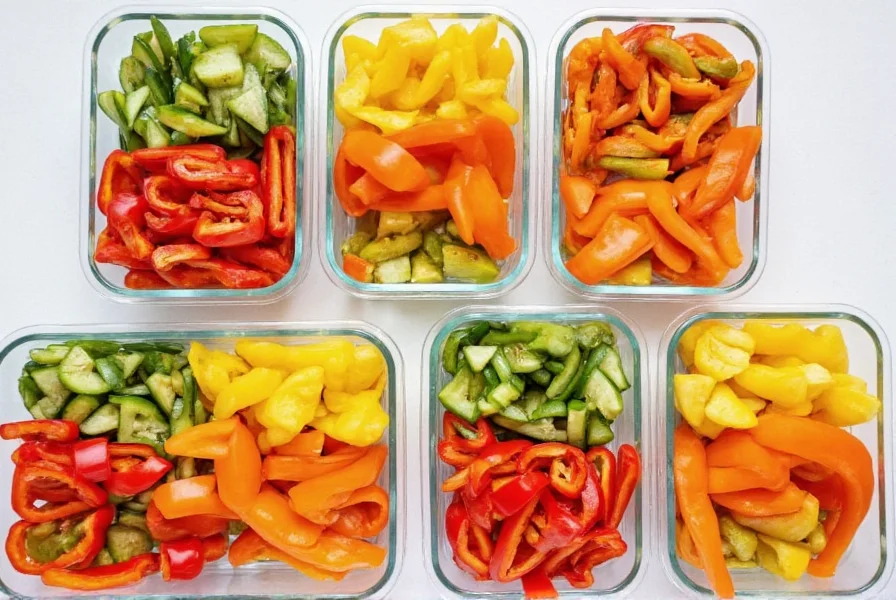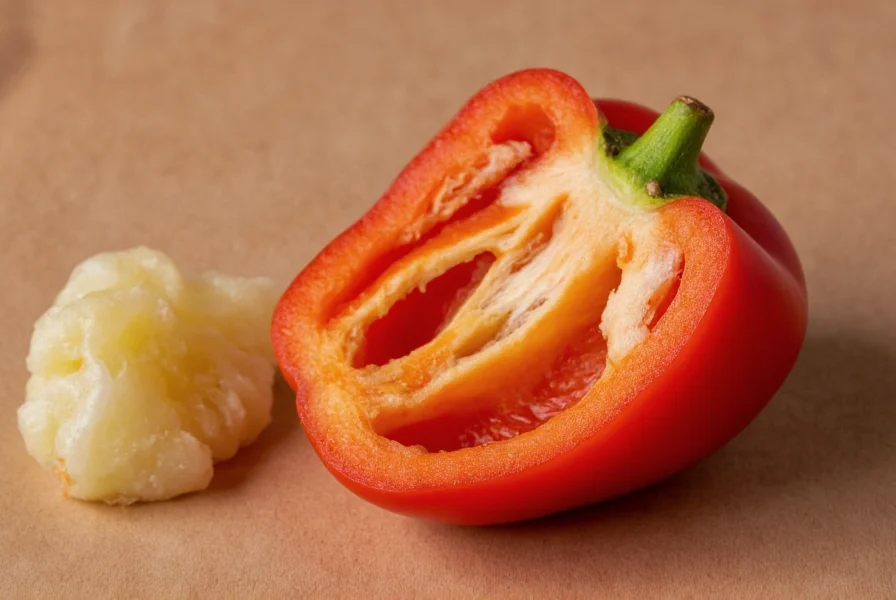Many people search for \"lunch pepper\" expecting to find a special type of pepper designated for midday meals. This confusion typically stems from two sources: the globally recognized Pepper Lunch restaurant chain originating from Japan, or a genuine curiosity about which pepper varieties enhance lunch recipes best. Understanding this distinction is crucial for anyone exploring culinary options for their midday meal.
Pepper Lunch vs. Lunch Pepper: Clearing the Confusion
The widespread misunderstanding around \"lunch pepper\" primarily comes from Pepper Lunch, a Japanese teppanyaki restaurant chain established in 1994. With over 300 locations worldwide, this brand has become synonymous with sizzling hot plates featuring beef, rice, and signature sauces. When customers search for \"lunch pepper,\" they're often actually looking for information about this popular dining experience rather than a specific pepper variety.
True pepper varieties don't have designated meal times. However, certain peppers do work exceptionally well in lunch recipes due to their flavor profiles, heat levels, and nutritional benefits that complement midday dining preferences.
Best Peppers for Lunch Recipes
When selecting peppers for lunch dishes, consider these top options that balance flavor, nutrition, and practicality:
| Pepper Variety | Heat Level (SHU) | Lunch Application | Nutritional Benefit |
|---|---|---|---|
| Bell Peppers (all colors) | 0 SHU | Salads, wraps, stuffed peppers | High in vitamin C and antioxidants |
| Jalapeño | 2,500-8,000 SHU | Salsas, sandwiches, egg dishes | Contains capsaicin for metabolism boost |
| Black Pepper | N/A (piperine) | Finishing spice for soups, salads | Enhances nutrient absorption |
| Poblano | 1,000-2,000 SHU | Chiles rellenos, quesadillas | Good source of vitamin B6 |
Why Certain Peppers Work Better for Lunch
Lunch meals typically require different considerations than dinner dishes. The best peppers for lunch recipes share these characteristics:
- Moderate heat levels - Lunch often follows work or school, so extremely spicy peppers might cause discomfort during afternoon activities
- Quick preparation - Many lunch peppers work well raw or with minimal cooking, perfect for time-constrained midday meals
- Balanced flavor profiles - Peppers that complement rather than dominate other lunch ingredients
- Nutritional density - Peppers providing vitamins and compounds that support afternoon energy levels
For example, bell peppers make excellent additions to lunch salads and wraps because they add crunch, color, and nutrients without overwhelming heat. Their natural sweetness pairs well with common lunch ingredients like chicken, tuna, and grains.

Practical Tips for Using Peppers in Lunch Dishes
Maximize your pepper varieties for midday meals with these practical strategies:
Preparation Techniques
For quick lunch assembly, consider these preparation methods:
- Pre-slice bell peppers and store them in airtight containers for up to five days
- Create pepper mixes (like tri-color bell peppers) for visual appeal in salads
- Roast poblano peppers in advance for easy addition to lunch quesadillas
Flavor Pairing Guidance
Understanding which peppers complement common lunch ingredients can transform your midday meal:
- Mild peppers (bell, pimento) pair well with chicken, tuna, and egg salads
- Medium heat peppers (jalapeño, serrano) enhance Mexican-inspired lunch bowls
- Black pepper elevates creamy soups and grain-based salads
Storage Solutions for Lunch-Ready Peppers
Proper storage ensures your peppers for lunch dishes remain fresh and flavorful:
- Whole bell peppers last 1-2 weeks in the refrigerator's crisper drawer
- Sliced peppers should be stored in airtight containers with a paper towel to absorb moisture
- For longer storage, freeze roasted peppers in portion-sized containers
- Keep dried peppers like black pepper in airtight containers away from light and heat
Consider preparing pepper components on weekends for quick lunch assembly during busy weekdays. This approach supports healthy eating habits while minimizing midday preparation time.

Health Considerations for Peppers at Lunch
Peppers offer significant health benefits that particularly support afternoon productivity:
- Vitamin C boost from bell peppers enhances iron absorption from plant-based lunch ingredients
- Capsaicin in moderate-heat peppers may provide a gentle metabolic boost without afternoon jitters
- Low-calorie density makes peppers ideal for satisfying yet light lunch options
- Antioxidants in colorful peppers combat oxidative stress from morning activities
When incorporating peppers into your lunch routine, start with milder varieties if you're sensitive to spice during work hours. Gradually introduce more heat as your palate adjusts, always considering your afternoon schedule and activities.
FAQ: Frequently Asked Questions About Peppers and Lunch
Is there actually a pepper variety called \"lunch pepper\"?
No, \"lunch pepper\" isn't a recognized pepper variety. The confusion typically comes from the Pepper Lunch restaurant chain or a misunderstanding about peppers suitable for midday meals. Bell peppers, jalapeños, and black pepper are commonly used in lunch recipes due to their versatility and flavor profiles.
What's the difference between Pepper Lunch and lunch pepper?
Pepper Lunch is a Japanese restaurant chain famous for sizzling beef rice bowls served on hot iron plates. \"Lunch pepper\" is a common mishearing or misunderstanding of this brand name. There is no specific \"lunch pepper\" variety in culinary terminology, though many pepper types work well in lunch dishes.
Which peppers work best for office-friendly lunches?
For office environments, milder peppers are generally preferable. Bell peppers (all colors), pimentos, and cubanelles work well as they provide flavor without strong odors or excessive heat. Black pepper is excellent as a finishing spice. Avoid extremely spicy varieties like habaneros that might cause discomfort during afternoon work activities.
How can I incorporate more peppers into my lunch routine?
Try adding sliced bell peppers to salads and wraps, using roasted poblano in quesadillas, or including jalapeños in egg dishes. For meal prep, slice peppers in advance and store them in airtight containers. Add black pepper to soups and grain bowls just before eating to maximize flavor. Start with small amounts and gradually increase as your palate adjusts.
Do peppers in lunch affect afternoon productivity?
Moderate pepper consumption can actually enhance afternoon productivity. The vitamin C in bell peppers supports iron absorption, while capsaicin in mild-to-medium heat peppers may provide a gentle metabolic boost. However, extremely spicy peppers might cause discomfort for some people, potentially affecting focus. Choose pepper varieties and quantities that work with your personal tolerance and afternoon schedule.











 浙公网安备
33010002000092号
浙公网安备
33010002000092号 浙B2-20120091-4
浙B2-20120091-4